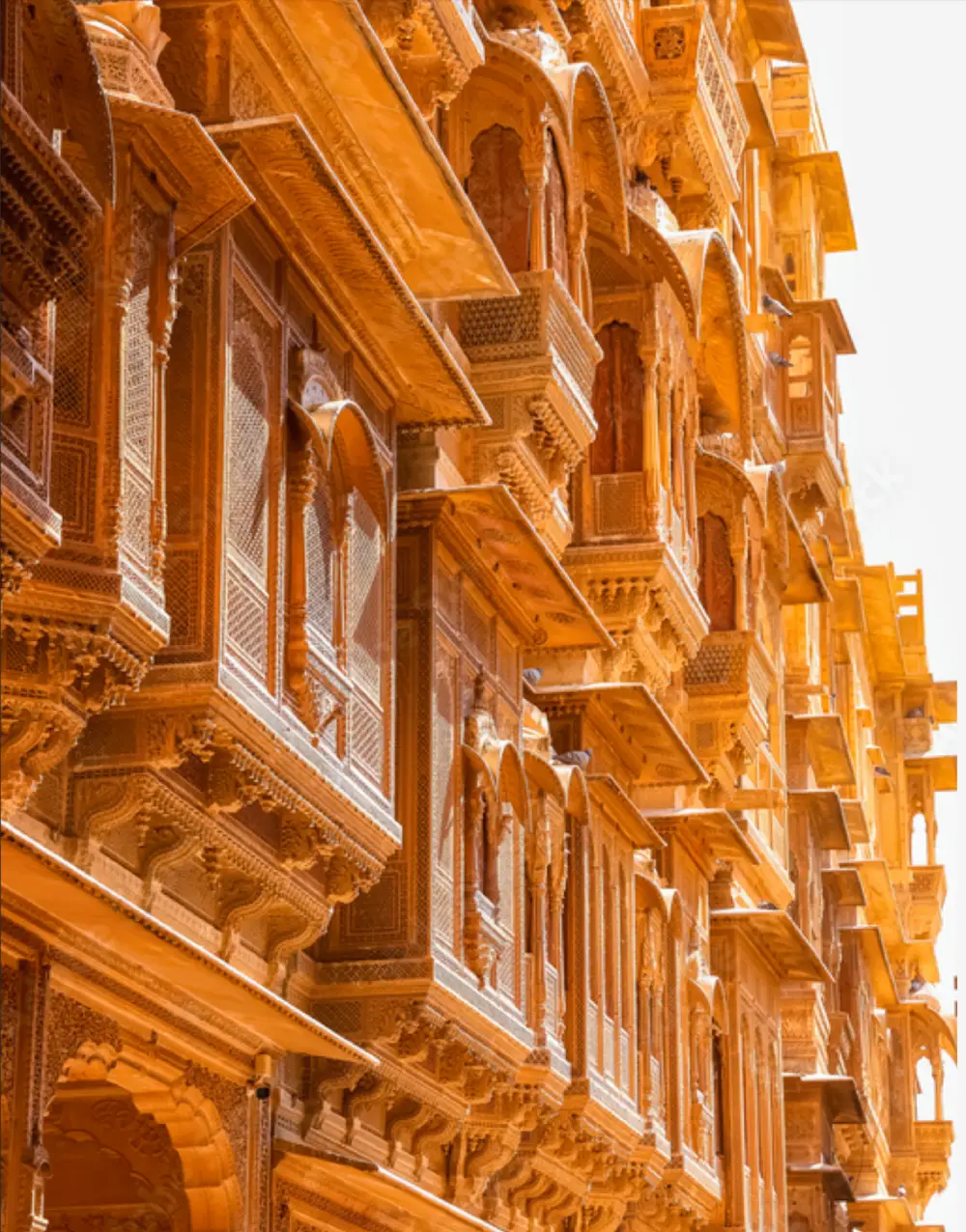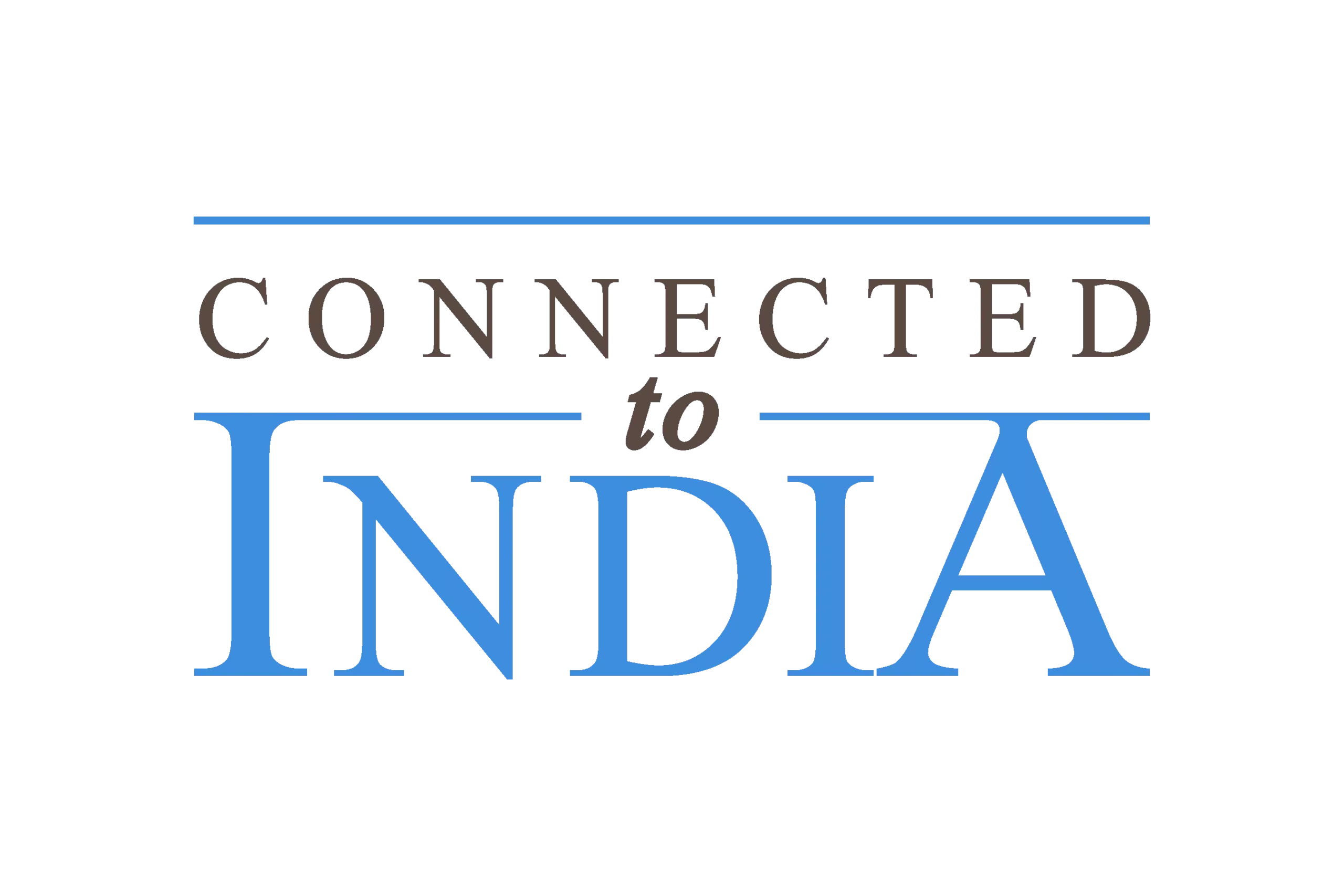Indian immigrants have emerged as the most economically beneficial group in the United States, according to a new report by the Manhattan Institute, a conservative think tank.

The study, released on Thursday, October 23, found that Indian immigrants contribute more to the US economy and national finances than any other immigrant group, significantly reducing national debt while boosting overall economic growth.
The report revealed that, on average, an Indian immigrant reduces the US national debt by more than USD 1.6 million over 30 years and increases GDP more than any other nationality.
The findings also highlighted the significant contribution of H-1B visa holders, noting that an average H-1B worker expands the GDP by USD 500,000 and cuts the national debt by USD 2.3 million over the same period.
The author of the report, Daniel Martino, described South Asian immigrants, particularly Indians, as the most fiscally positive group. He warned that ending the H-1B visa programme could lead to an increase in the US national debt by USD 185 billion over the next decade, while also reducing economic output by USD 26 billion.
The report recommended replacing the current H-1B visa lottery with a wage-based system to attract highly skilled and well-compensated workers.
The findings come amid renewed controversy over recent immigration policies introduced by the Trump administration, including a steep increase in H-1B visa application fees.

Last week, the US Chamber of Commerce filed a lawsuit against the administration’s new visa rules, calling them unlawful and harmful to American businesses. In its petition, the Chamber argued that the fee hike would severely impact employers by raising labour costs or forcing them to hire fewer skilled workers. It described the administration’s decision as a move that would benefit America’s economic competitors rather than domestic growth.
The White House, meanwhile, has defended the policy, with Press Secretary Karoline Leavitt stating that the changes were aimed at protecting American workers. She said the administration believes the H-1B visa system has been misused and that the reforms are meant to curb fraud and prevent wage suppression.
The latest lawsuit marks the second major legal challenge to the administration’s visa policies this month. Earlier, a coalition of unions, education professionals and religious organisations had also filed a case against the same rules.
This week, the US Department of Homeland Security issued fresh guidelines clarifying that the new USD 100,000 H-1B visa fee will not apply to certain categories.
Workers already in the US who are changing their visa status, such as from an F-1 student visa to an H-1B, will be exempt from the additional charge. The proclamation applies only to new applicants outside the US who do not already hold a valid H-1B visa.
Indian nationals continue to dominate the H-1B visa category, accounting for over 70 per cent of approvals in 2024. The share reflects the high number of skilled professionals from India working in technology and specialised sectors, along with a growing backlog of pending applications in the visa system.
The Manhattan Institute report has added to the ongoing debate about the economic and policy implications of high-skilled immigration, underscoring India’s strong role in shaping the US workforce and economy.


